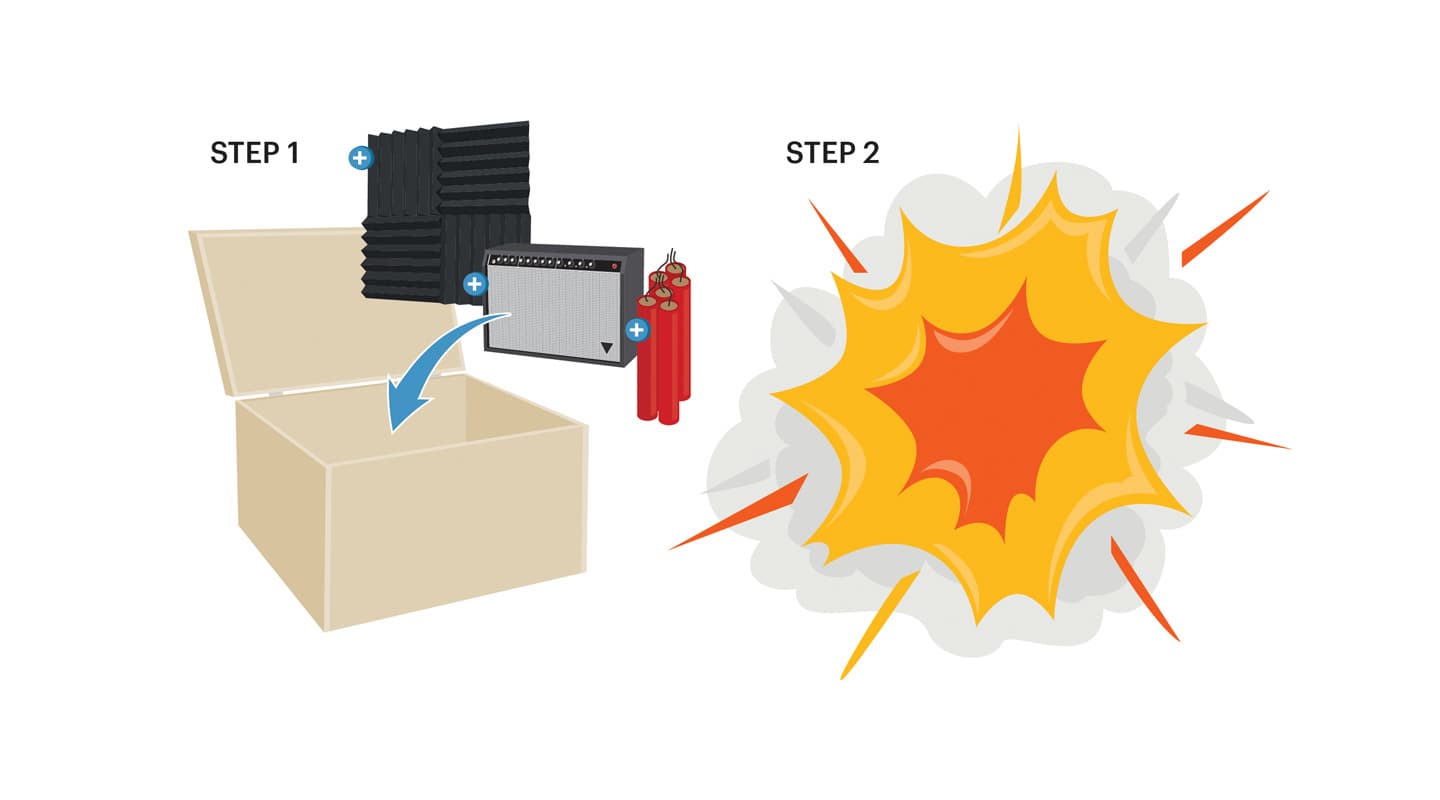
How to Build (Then Detonate) the Perfect Guitar Cab Iso Box
Roll-your-own boutique guitar combinations and pedalboards might be great for the practice room but terrible for church sound.
Look, I understand the devotion; the geekery; the passion and the level of tweakiness. But you just don’t need it on stage.
I’m talking about electric guitarists. And specifically for those who play guitar in the hundreds of thousands of churches around the world.
Here’s the dilemma: Inside every electric guitarist is the desire to roll their own, highly idiosyncratic personalised tone. You don’t reach this Nirvana by plugging a Squier into a DI. You don’t win the right to talk endlessly to other guitar nerds about your setup unless you’ve got some convoluted, boutique signal chain.
STRAT OUTTA HELL
Of course, it all starts with the guitar. I totally understand the desire to buy a high-quality instrument. That makes sense. But no, the Fender Stratocaster can’t be just be a Strat, it’s gotta be a ’63 Baby Blue Strat (“before they moved the factory to Whistlingville”). Not only that, but it’s gotta have Hank Marvin’s tuning. But that’s not enough, you need a mate whose cousin is in Cat Empire, and he uses a guitar tech who you’ve commissioned to shave the frets down by 0.2mm and added a quarter turn to the humbuckers (“makes all the difference”). But all that wouldn’t amount to much if you didn’t have some spray-on Jeff Beck sweat you picked up on the dark web for $180/flOz (“just loosens up the action and smells just right”).
Now that you’ve got the perfect axe, you’re good to go, right? Oh, only if that was even remotely true.
Choosing the most appropriate (so long as it’s obscure) amp head comes next. It will doubtlessly have more tubes than an intensive care unit and be hand crafted by a 100-year-old master craftsman (“he only makes one amp every leap year”) in the Carpathian Mountains using old-old-stock valves stolen from a Soviet-era, Black Sea submarine base.
The companion cab will be a Tangerine quad box (“ex Orange staff, who kept the good stuff for themselves”) with intentionally mismatched Celestion units from WEM W-bins taken out of the ballroom of the HMY Britannia prior to the ’84 refit (“Prince Edward plays banjo, not many people know that”).
All done. Guitar. Head. Cab. Let ‘er rip.
Not so fast.
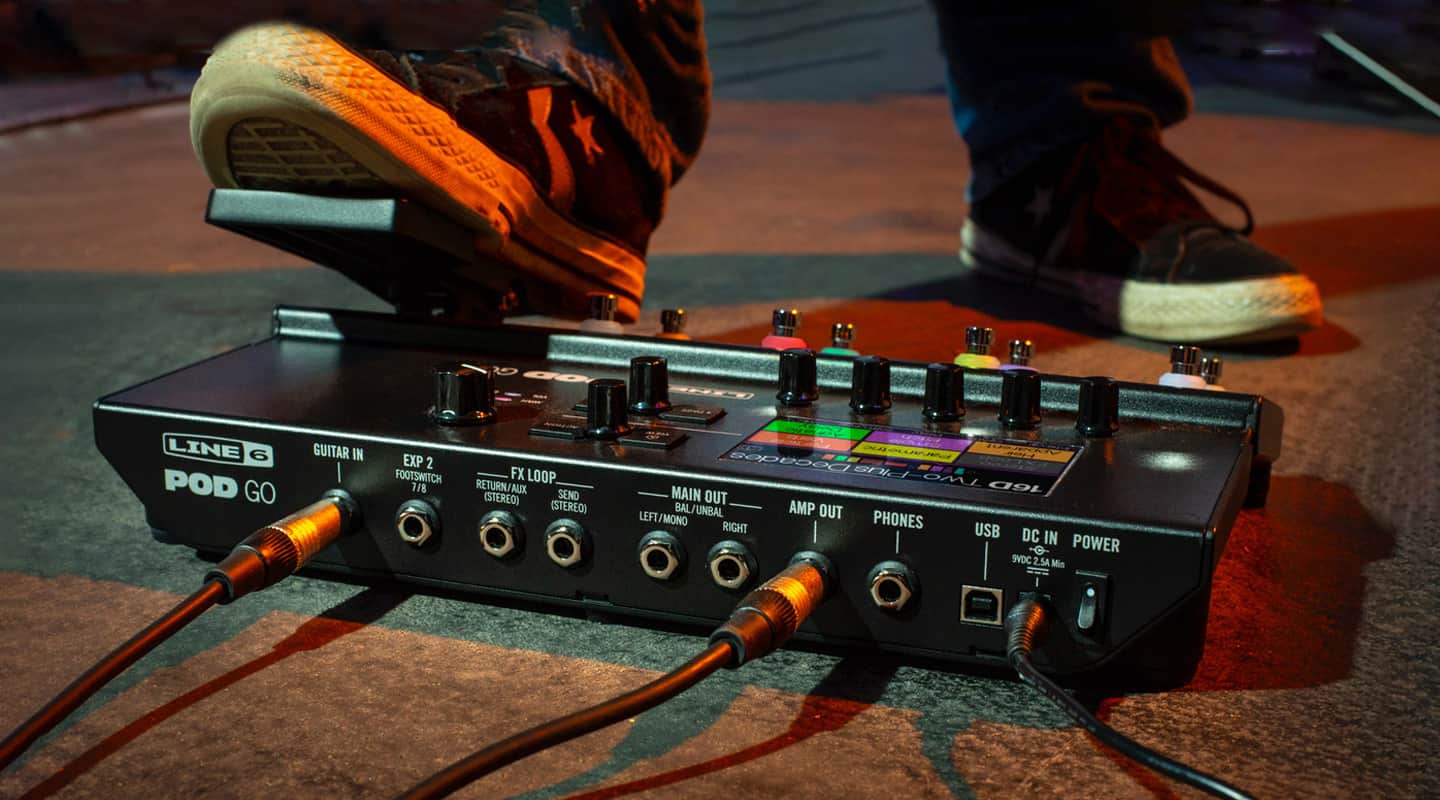
PEDALBOARD PANDEMONIUM
Guitarists’ pedalboards are more highly curated than Peggy Guggenheim’s art collection. Not so long ago, a guitarist’s pedal complement might only extend to a Cry Baby and perhaps an on/off distortion switch for the Marshall stack. These days your pedalboard says more about you than your band t-shirt, your kids, and your station wagon combined.
Yeah, sure, you’ve gotta include a nod to the giants whose shoulders you’re standing on by including something from ElectroHarmonix and Roland, but from there… the more obscure the better. If the name of the pedal gives you any clues as to its utility, then you have severely lost your way. The ‘Highland Bog Driver’, the ‘Soup Nuts Swingler’ and ‘Uncle Herb’ will all be considered for inclusion (but of course, not now that I’ve included them by name in this article). They’ll be made out of a discarded Caspian caviar can; hemp matting; or a twisted Twin Towers girder… and none of the switches will be labelled.
Some guitarists could talk for days about their pedalboards, and many do. Some pedals may even be plugged in.
UNHOLY ALLIANCE
Like I said. I get it. I’m not a guitarist (so don’t email me, pointing out factual inaccuracies in this piss-take, as you’ll just be proving my point) but I understand the joy of geekery. And in the comfort of your own practice room or between consenting adults, use whatever guitar setup you like.
What’s more, if other band members are happy to put up with you; then gig with the crazy-splinched combination. In fact, if you’re famous enough and your tech staff are paid enough, tour the world with it!
But don’t come to church with it.
ISO BOXES: WHY?
Church sound has come a long way in the last 10 years. Many churches have moved to in-ear monitoring and drum cages — and quieter stages equals cleaner, more intelligible FOH mixes.
But this hasn’t stopped church guitarists backing up the station wagon and unloading a showroom full of amps, pedals, cabs etc, expecting to build a ziggurat on stage and blast 100dB of personalised tone down every open vocal mic.
For whatever reason, guitarists have been mollycoddled to the point where churches have taken to building remote iso boxes for guitarists’ setups rather than simply saying ‘no’.
An iso box could be under the stage, or ever better, in another room entirely. It’ll be a timber box lined with acoustic absorption then miked or double-miked. A cable run will come from the artist’s guitar and a line goes to the stage box or mixing console to then be mixed and routed to the IEM sends. If the guitarist wants to mess with his settings during the service, then he’ll need some decent comms and a compliant assistant.
In other words, it’s an enormous amount of arse to simply stroke a guitarist under the chin.
POD RACING
Recently my church has moved to a Line6 POD Go for our guitarists, and the collective sigh of relief from the sound techs was palpable.
The tone out of the POD is instantly mix-ready. There’s no need to find an amp’s sweetspot with the right mic, or be blind sided by wild volume swings during pedalboard manoeuvres or using an amp’s ‘direct output cab emulation’ with super-questionable results. Even more pleasing, there’s no need to have awkward conversations with guitarists about bypassing, what I call the, ‘make everything sound worse’ mystery box, that the guitarist is determined to employ even though everyone’s ears are bleeding.
SWEET SOUND OF FOH RELIEF
My quest for a POD Go started when I kept coming across professional acts using the (now discontinued) Line6 HDX500. These weren’t blues guitarists, of course, but pragmatic guitarists. The Line6 tone is well and truly good enough for pop, alternative and dance music; it’s easy to switch patches between songs; and it provides an instant, no-stress tone for FOH.
The newer POD Go does this with the next-gen Helix sounds. It’s a paltry sub-A$900. Which means, just about every electric guitarist in our team could afford to have one at home to rehearse with, especially if they liquidated one of their arcane cigar-box, reverse-strung mandolinaccinos… or whatever else they might have collecting dust in the attic.
By agreeing on a shared unit like the POD Go and selecting a handful of clean, distorted and ethereal tones, we get a whole lot closer to professional-sounding mixes from our team of volunteer sound techs.
Will all the guitarists be happy to leave 20 grand’s worth of boutique guitar paraphernalia at home? I suspect not. But church sound is more of a team effort than any other live sound endeavour I can think of. And I’d like to think they’ll all do it for the team.
Christopher Holder isn’t a guitarist but he does care about church sound.



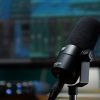
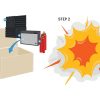
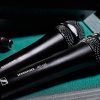




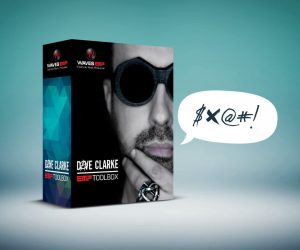













I’m going to exercise my right of reply here as a gigging guitarist whom you so accurately describe in this article (I honestly thought your description was so hilariously accurate BTW, thanks for a good laugh!). Any such guitarist worth their salt quickly learns that you are at the mercy of the FOH engineer. When you hit that first carefully crafted patch that’s just a bit too loud, or trebbly, or with that phaser that makes ears bleed when it hits the top of the modulation curve…you get turned down and it never goes back up for fear of what might come next. The rest of your “quieter” patches will then scarcely be heard. How are you then meant to impress the other gutarists in the audience with your superior tone??? I mean, someone might even focus on the bassist!
I run a paultry 8 (semi-boutique) pedal midi controlled stereo setup with some pedals in mono pre-amp and some in stereo in the amp fx loops. It’s the kind of thing that spooks most enigineers when I pop open the (custom-made) pedalboard case and set down a couple of amps when loading in. Oh, and I have at least two guitars to feed it via a Radial Bumper; maybe three or four. I always revel in the engineer’s reaction 🙂
There are so many variables here but I have learnt to know the sworn enemy (FOH engineer) and spent much time in measuring the overall volume of my many patches with a SPL meter placed equidistant to the speakers to ensure each are where they need to be in the dynamic range spectrum. I’ve read much of Michael Stavrou’s work and learned exactly where the sweet spot is for mic placement in front of each amp if this is the preferred input for the FOH engineer (some of them even take my word for it!). I feed the “emulated” line out amp signals into my DAW to ensure level consistency here if the engineer prefers this to input his mix. I know that my lush reverb and delay effects will become sonically different, potentially redundant or even deleterious in a larger (e.g. church) room with it’s own unique accoustic character. I have cloned banks with reduced rev/delay mixes or completely stripped of these fx for these situations and let the room do much better work than my digital recreations. I use my compressor intelligently to elevate the quiet bit of my solos (e.g. tapping, yeah!!!) but not raise the volume of the more vigorously picked phrases that I have so carefully intertwined in my epic centrepieces. I even ensure my patches are a little bit quieter for those less important bits when the vocalist interjects to do the “verse” or “chorus” parts of my song.
While I appreciate your narrative and review sir, I feel the call to defend my brethren. Your analogy, while comedic, is tantamout to blasphemy and I demand satisfaction. Our “20 grand’s worth of boutique guitar parphernalia” will not stay at home, as it longs, nay, MUST be heard.
Thanks for the considered response Scott! You’ve defended your brethren in a fine manner.